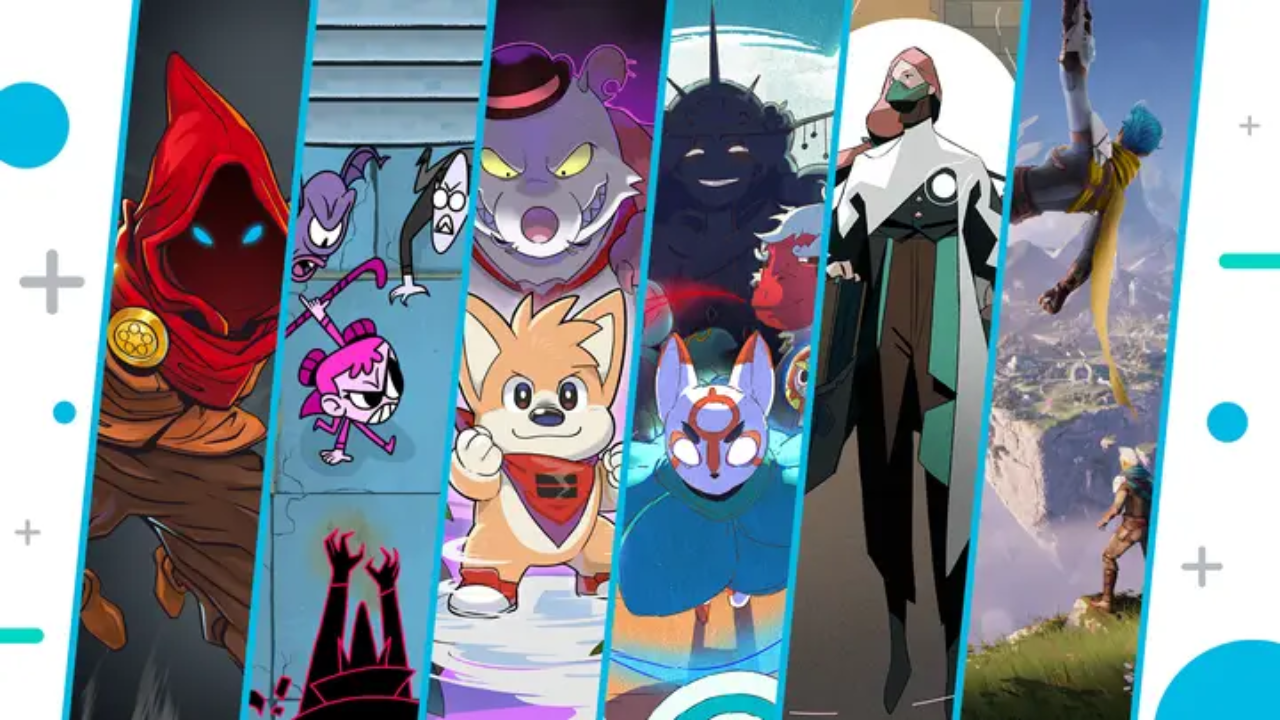
The Rise of Micro-Influencers - Why Smaller is Bigger
As always, we're happy to share our FREE Influencer Marketing Guide. You can pick up a copy here by signing up to our mailing list.?
This week we're discussing the rise of micro-influencers.
The Rise of Micro-Influencers - Why Smaller is Bigger
In the ever-evolving landscape of influencer marketing, the era of massive, celebrity level influencers dominating campaigns seems to be waning. Enter micro-influencers, individuals with follower counts ranging from 10,000 to 100,000 who are making significant strides across various industries, particularly in gaming, tech, and entertainment.
Micro-influencers may not have the reach of mega-influencers, but they make up for it in trustworthiness, niche audience engagement, and cost-effectiveness. In fact, these influencers have been proven to deliver higher engagement rates and stronger community connections, which is why brands across industries are leaning into micro-influencer collaborations.
What Sets Micro-Influencers Apart?
The defining characteristic of micro-influencers is the trust and relationship they've cultivated with their audience. These creators typically focus on specific topics or niches, whether it's gaming hardware, entertainment reviews, or emerging tech gadgets, which gives them more credibility and a devoted following.
Audiences view micro-influencers as more relatable, leading to higher engagement levels. According to industry research, engagement rates tend to decrease as follower counts increase. A micro-influencer with 20,000 followers often commands a higher interaction rate than a macro-influencer with millions of followers.
Case Study: Alienware's Micro-Influencer Strategy
Take Alienware, for example, a gaming hardware company that shifted its marketing approach from mega-influencers to micro-influencers. By collaborating with smaller gaming creators on Twitch and YouTube, Alienware found that these influencers were able to generate more genuine product conversations and meaningful engagements within their communities.
Rather than relying on large scale paid campaigns, Alienware invited micro-influencers to unbox and review their products in organic content. This strategy resulted in a 35% increase in engagement across their sponsored posts and a noticeable growth in overall brand sentiment. Their audiences felt connected to the creators and, by extension, trusted the brand's products. This showcases the power of smaller influencers in building stronger consumer trust.
Micro-Influencers and Gaming Communities
The gaming industry is particularly ripe for micro-influencers. Unlike other sectors, where influencer campaigns can feel overly commercialised, gaming communities thrive on trustworthiness and in-depth knowledge. Micro-influencers excel in this space by providing honest product reviews, playthroughs, and engagement with their followers on platforms like Twitch, YouTube, and Discord.
Case Study: Indie Game Developers Leveraging Micro-Influencers
Indie game developers often lack the budget for huge marketing campaigns but have found success by teaming up with micro-influencers. These influencers can take on a more grassroots approach, helping to spread the word about new games to their loyal audiences. Developers like Supergiant Games (Hades) and ZA/UM (Disco Elysium) leveraged micro-influencers in the early stages of game promotion to gain traction without a traditional marketing spend.
These campaigns focused on influencers who had smaller yet deeply engaged audiences, resulting in more genuine playthroughs, reviews, and recommendations. The tactic allowed these indie developers to encourage a passionate player base early on, eventually leading to widespread critical and commercial success.
Tech and Micro-Influencers: A Natural Partnership
Tech products are inherently complex, and customers often seek trusted voices to help guide their purchasing decisions. Micro-influencers in the tech space play a critical role by reviewing gadgets, providing tutorials, and answering community questions. They bridge the gap between brands and consumers by offering unbiased opinions and relatable experiences.
Case Study: Logitech's Shift to Micro-Influencers
Logitech, known for its accessories in both gaming and general tech, embraced micro-influencers by focusing on creators who specialise in tech reviews and gameplay setups. By partnering with influencers who had around 50,000-100,000 followers, Logitech was able to push specific products like gaming mice and keyboards in an organic, community focused manner. This resulted in higher product awareness and sales conversions compared to previous campaigns involving macro-influencers.
领英推荐
Tech influencers often make their content highly informative, turning their platforms into go-to sources for followers who are actively researching their next tech purchase. By partnering with micro-influencers who produce detailed content, brands like Logitech have found a way to cut through the noise and reach engaged tech enthusiasts.
Why Should Brands Prioritise Micro-Influencers?
In conclusion, micro-influencers are a vital component of today's influencer marketing landscape, especially for brands in gaming, tech, and entertainment. Their ability to build genuine connections with niche audiences, offer high engagement, and provide cost-effective campaign options make them a “must consider” element in any marketing strategy.
Links for Further Reading
Join the Conversation
Are you currently working with micro-influencers? What has your experience been, and have you noticed any tangible benefits from their involvement? Or perhaps you've noticed the rise of micro-influencers in the gaming or tech space as a consumer?
Drop your insights in the comments below, and let's get the conversation going. If you're interested in exploring micro-influencers for your brand or would like guidance on getting started, feel free to reach out.
LINKS TO OUR GUIDES:
??????
Thank you for reading our newsletter, we hope you have a wonderful rest of your week! Again, we'd like to remind you to pick up our FREE Influencer Marketing Guide .
Be sure to check us out further on our social channels below. As well as that if you’re interested in learning more about influencer marketing be sure to drop us a line at [email protected]